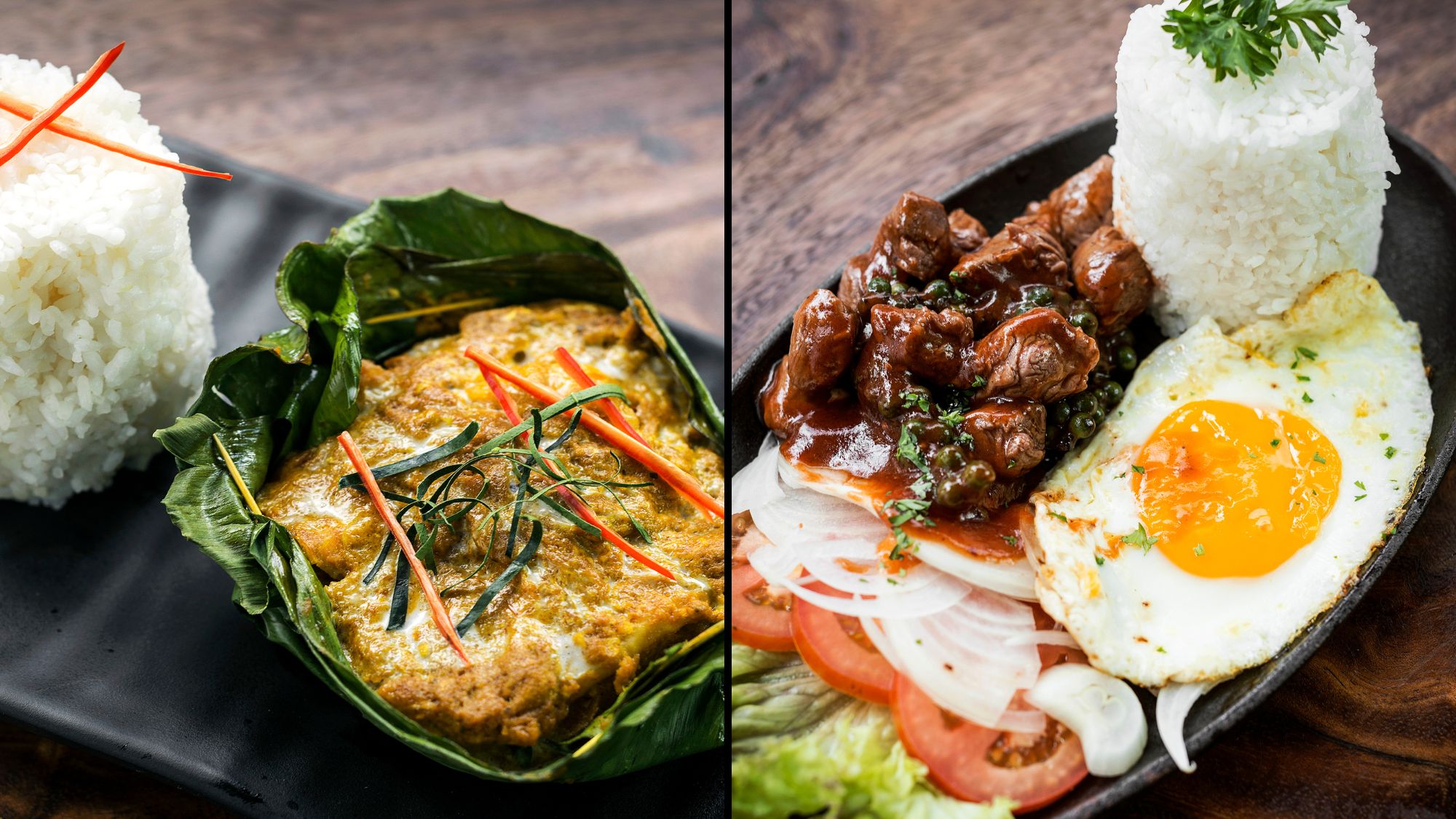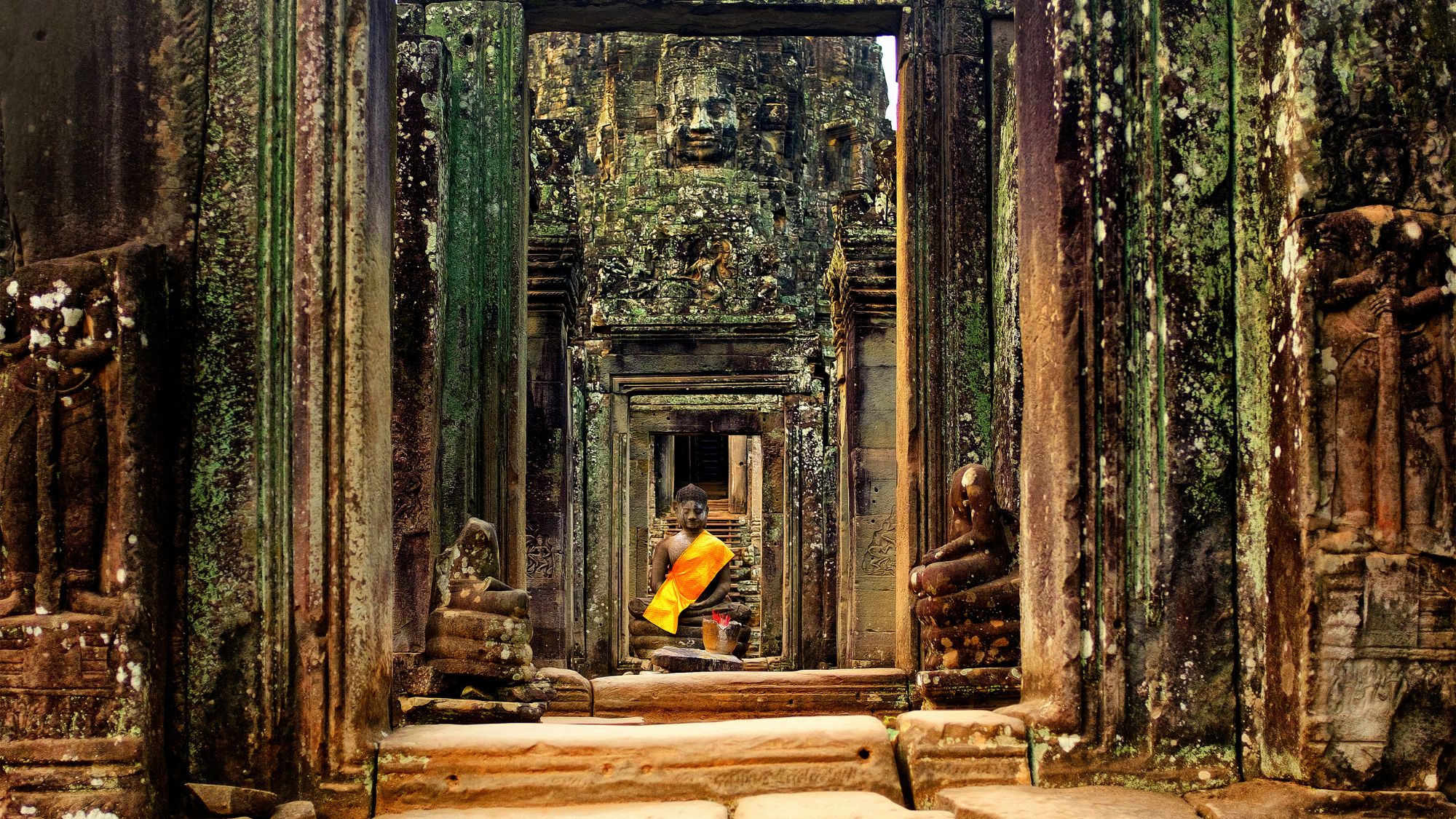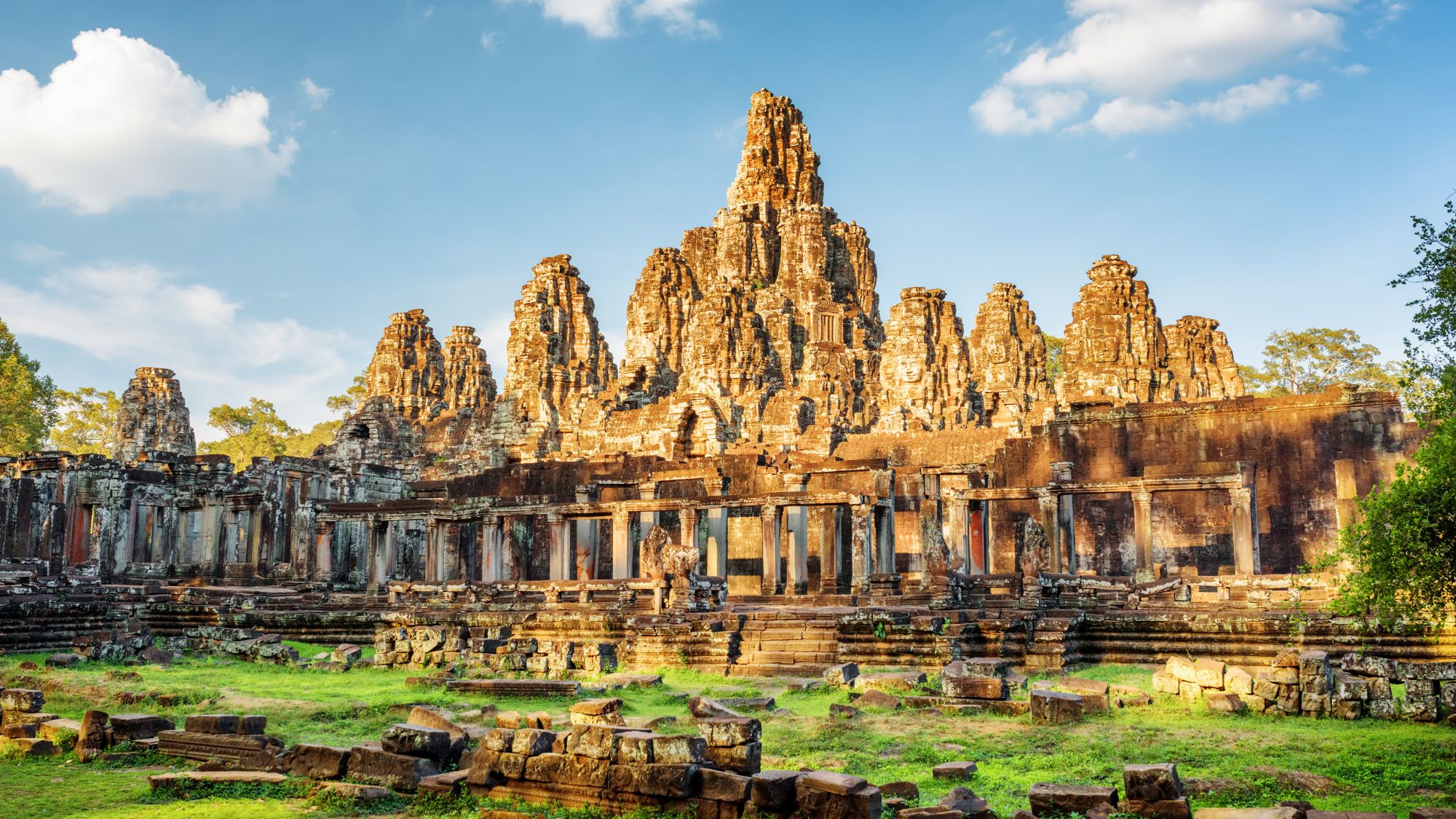Cambodia is a land of contrast — ancient temples and modern cities, bustling street markets and quiet rice paddies, all wrapped in warm hospitality and layered history. For travellers, it offers something truly special: a destination that feels both adventurous and deeply personal.
Whether you're drawn by the majesty of Angkor Wat, the vibrant culture of Phnom Penh, or simply the promise of a perfect bowl of fish amok, there’s plenty to discover. But before you board your flight, it’s worth getting to know the rhythms, customs and flavours that make Cambodia such a unique place to visit.
Before You Go: What to Pack and Know
Cambodia’s tropical climate is warm year-round, so pack light, breathable clothing — but also be mindful of modesty, especially when visiting temples. Shoulders and knees should be covered in sacred places, and a light scarf can double as sun protection and cultural respect.
A few essentials will go a long way: sunscreen, insect repellent, a basic first aid kit, and a universal power adaptor (the country uses Type C and G outlets). Cash is king here, particularly in markets or rural areas, and while US dollars are widely accepted, make sure your notes are clean — torn or damaged bills often won’t be accepted.
Tuk-tuks are everywhere, especially in Siem Reap and Phnom Penh, and while it’s common to negotiate the fare, you can also use the Grab app for fixed-rate rides. It’s one of the easiest ways to get around if you’re not keen on haggling.
Cultural Etiquette: Small Gestures, Big Respect
Cambodians are warm and kind — and they appreciate visitors who show the same in return. A traditional greeting, known as the sampeah, involves placing your palms together at chest level with a slight bow. It’s simple, sincere and always appreciated.
When visiting temples, walk slowly, speak quietly, and never stand over or touch a monk. Women should avoid handing items directly to monks and always seek permission before taking photos. Respect for sacred spaces is deeply important here — not just as a traveller’s courtesy, but as a way of honouring Cambodia’s spiritual heritage.
When to Visit Cambodia
Cambodia’s dry season, from November to April, is a popular time to visit, offering warm, sunny days that are ideal for exploring temples and enjoying outdoor adventures. March sits comfortably within this season, making it a great time for travel. From May to October, the landscape becomes lush and green, with occasional afternoon showers adding to the region’s natural beauty. Each season offers a unique perspective — from golden light and cooler mornings to rich foliage and peaceful surrounds.
A Taste of Cambodia: What to Eat and Where

One of the best ways to connect with Cambodia is through its cuisine. Rooted in simplicity and soul, Khmer food is all about balance — fresh herbs, aromatic spices, rice, coconut, and palm sugar come together in dishes that are both comforting and deeply flavourful.
Some must-try Cambodian dishes include:
- Fish Amok – A creamy freshwater fish curry steamed in banana leaves with coconut milk and lemongrass.
- Lok Lak – Marinated beef stir-fried with onions, served with rice and a zesty lime-pepper dip.
- Nom Banh Chok – A beloved breakfast of rice noodles topped with fish gravy and fresh herbs.
Where to Eat in Siem Reap
- Malis – Upscale Cambodian cuisine in a refined setting.
- MAHOB – Garden restaurant offering traditional Khmer flavours.
- Butterfly Pea – Cosy, home-style cooking in a colourful space.
- Olive Cuisine de Saison – French bistro vibes with seasonal produce.
- Fellini – Authentic Italian dishes in a relaxed setting.
- HASHI – Japanese sushi and sashimi served with style.
- Mouhot Dreams (Sofitel) & The Dining Room (Park Hyatt) – Elegant hotel dining with curated menus.
Where to Eat in Phnom Penh
- Malis (Phnom Penh) – Sister restaurant to Siem Reap’s Malis, offering fine Khmer cuisine.
- Bopha Titanic – Riverside restaurant with 24-hour service and local favourites.
- Ngon – Vibrant mix of Cambodian and Vietnamese cuisine.
- Topaz – French fine dining in a sophisticated setting.
- Metro Hassakan – Western cuisine with city views.
- Bornga – Popular for Korean BBQ and banchan spreads.
- Dim Sum Emperor & Little Sheep Hotpot – Great for Chinese dumplings and hotpot.
- IZA (Vattanac Tower) – Modern Japanese fare with panoramic views.
- Dakshin’s & Namaste India – North Indian classics and spice-rich curries.
- Warung Bali – Authentic Indonesian halal dishes near the National Museum.
Wherever you choose to eat, you’ll find that Cambodian hospitality is just as satisfying as the food — generous, warm, and always served with a smile.
What to Do: From Ancient Temples to Rooftop Views

In Siem Reap, the temples of Angkor are the main draw — and for good reason. Angkor Wat, Bayon and Ta Prohm are awe-inspiring at any time of day, but sunrise or sunset adds a magical touch. Beyond the ruins, explore Tonle Sap Lake and its floating villages, take a quad bike into the countryside, or seek a blessing from a Buddhist monk. The night market, Pub Street and Artisans d’Angkor offer the perfect end to a temple-packed day.
Phnom Penh, Cambodia’s bustling capital, mixes charm and complexity. Marvel at the Royal Palace and Silver Pagoda, take a sobering walk through the Tuol Sleng Genocide Museum and the Killing Fields, then lift your spirits with a cocktail at SORA Sky Bar, perched above the city skyline. Shopping is best at Central Market or Russian Market, both packed with crafts, textiles, and local treasures.
Final Thoughts: Travel with Curiosity, Leave with Heart
Cambodia may not always be the first stop on a traveller’s Southeast Asian itinerary — but for those who make the journey, it’s often the most memorable. It’s in the quiet smile of a tuk-tuk driver, the steam rising from a street food cart, and the orange glow of monks crossing a stone temple at dawn.
This is a country that asks you to slow down, to listen, to taste — and to respect the beauty that lies in both the grand and the everyday. And if you’re lucky, you won’t just leave Cambodia with photos — but with a deeper sense of connection, and a hunger to return.






